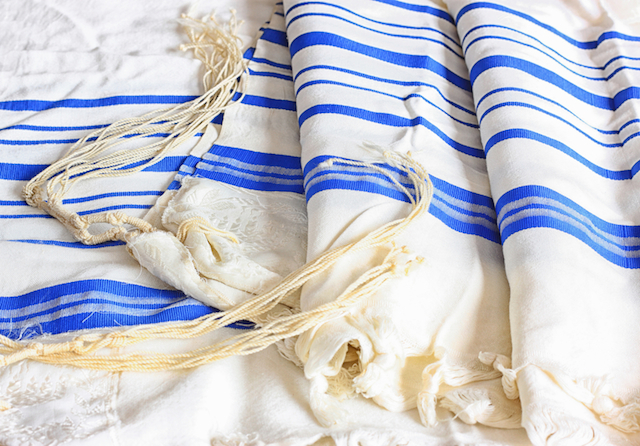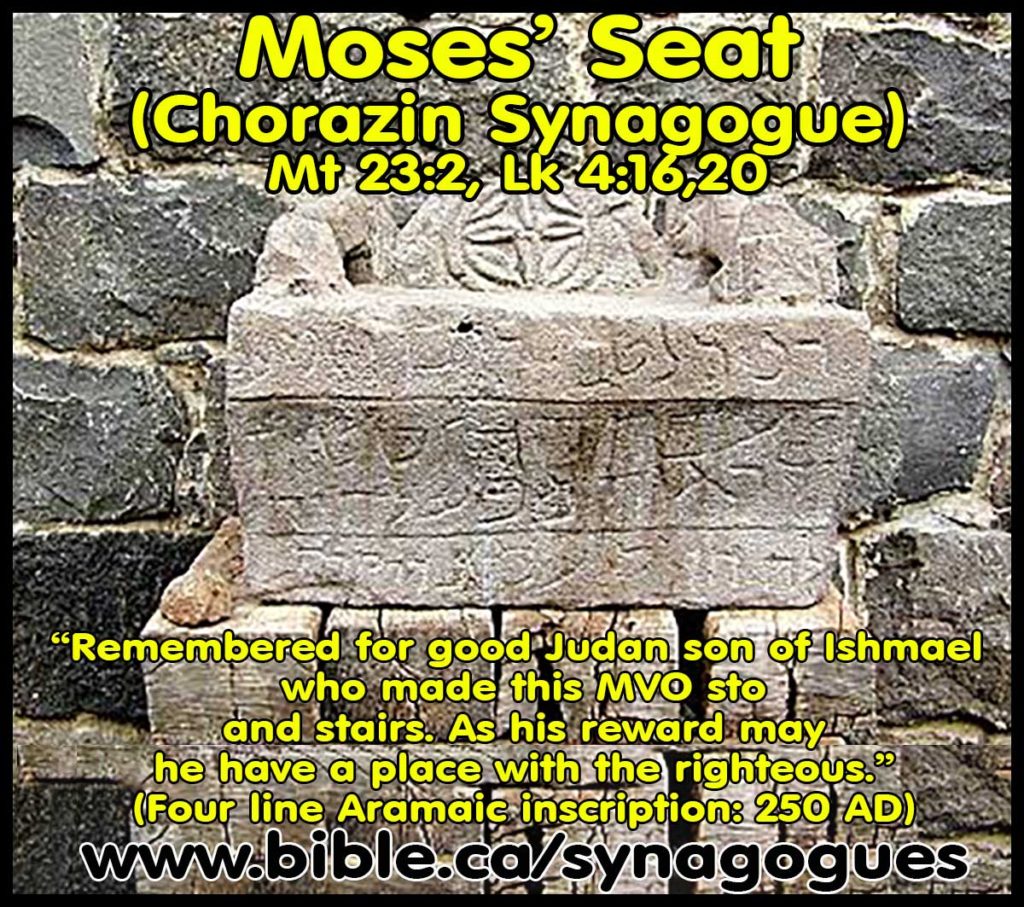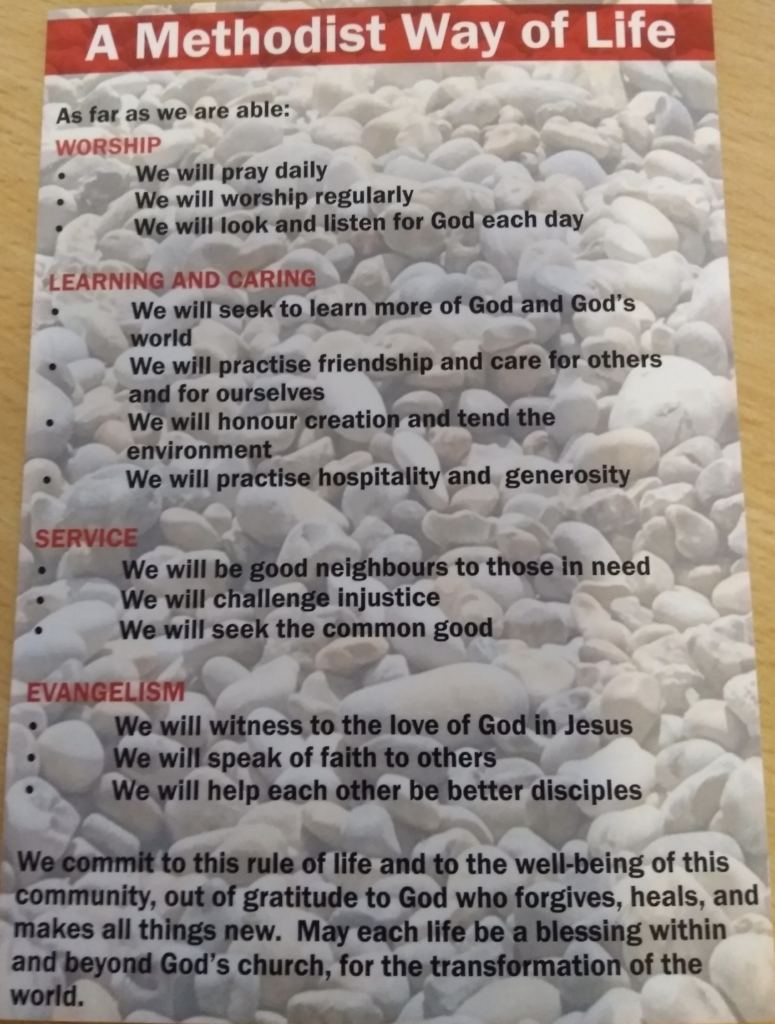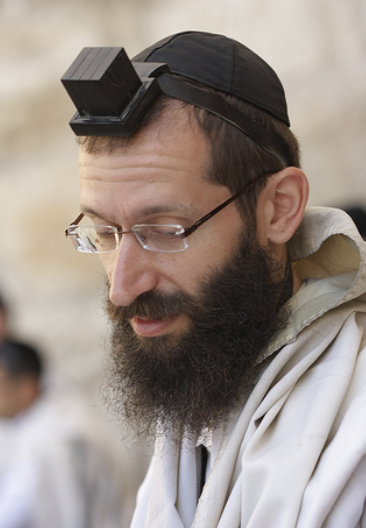
When the pandemic struck, shortages started to arise: first it was toilet paper, then yeast, then hair trimmers. When would we get a haircut? Now, people may not be able to go to their hairdressers – we may be faced with a haircut by ourselves or our partner. How long is our fringe?
In this Lectionary series we have seen how Jesus has arrived into Jerusalem, and in this Holy Week – yes I know it’s October as I write this – he’s had quite a tussle with the Chief Priests and Scribes, the Pharisees, the Herodians, and the Sadducees. Today is just another day; however, let’s hear it for the disciples who have finally made it back into the scene. Where have they been?
In the passage from Matthew 23:1-12 Jesus was speaking to the crowds and disciples – possibly who were blending in with the masses? Following the debates (?) with the protagonists over the last few blog posts, quite a crowd may have congregated.
What do people teach you?
It can be really easy to paint a picture that these Pharisees were a nasty bunch of people. They were strict adherents of the Torah. They were literalists. However, what does need to made really clear is that every religion or in fact any following has those who go to the extreme.
In the last fortnight we have had a French teacher beheaded as the fervour of his showing of the picture of the Islamic Prophet Muhammed caught amongst social media. Quickly it escalated and one person felt it necessary to act. They were Muslim. The news broke and the social media was active again. However, Muslims across the country denounced the atrocity.
“It is not a civilisation that kills an innocent person, it is barbarity”
Tareq Oubrou, the imam of a Bordeaux mosque, Reuters
We have to be mindful that Jesus was a Jew. We have to recall that the author(s) of the Gospels were writing some time after the Resurrection. Some were writing post the destruction of the Second Temple in Jerusalem and were critical of those who, they felt, had not done enough to stop this removal of the Temple from such holy ground. It certainly does mean that Jews were wrong, nor that all Pharisees were wrong. Jesus was being critical of those who ask those, us, to carry such an unnecessary load.
Do you like Tassels?
Jesus has just been asked about which was the greatest Commandment (of the 613)?

Those who asked that question were the very ones who would sit on Moses’ seat. It could be described as a pedestal perhaps? The Moses’ Seat refers to a literal throne-like chair that sat in Jewish synagogues (where the Pharisees were the officiants) from which the religious leaders would make judgments concerning spiritual and civil matters. In the Christian Church we also have similar chairs, which some are known as Cathedra, for the Bishops to sit on in Cathedrals.
The Torah, the first five books of the Hebrew Scriptures, contained with a single scroll would have been placed on the Moses’ Seat. All Israelites were instructed (Numbers 15:38-39) to make fringes and to add a blue cord on each corner of their garments. This was a permanent reminder to them of the Commandments and how they should remain holy to God. How long is our fringe?
The blue (some would say violet-blue) cord was recognition of the cord which hung from the Priest’s headers (Exodus 28:37). These fringes were part of the person’s very identity. In fact the fringes on the Prayer Shawl touch the Torah today is a way of verifying or endorsing the written document [1].
Is this the key to Red Bull?
In Malachi 4:2 we can read of “healing in its wings“. Quite innocuous until the word used for wings (kanaf in Hebrew) is the same word used for corners in Numbers 15:38. This initiated an idea that when the Messiah came, there would be special healing in their kanaf, those tassels at the corner of his prayer shawl. So in Luke 8:43-48 we have a woman who grabs the edge of Jesus’ cloak, his prayer shawl, …and is healed.
Yoke anyone?
Each teacher, Rabbi, had a different interpretation, rules which forbid certain things (bound) and allowed other things (loosed) (Matthew 16:17–19). The collective expression for all of these specific teachings was the yoke. From some Rabbi’s their yoke was ‘heavy’ or burdensome or with some, the load was light (Matthew 11:30).
In Matthew 23:4-5 we read that the burdens are heavy but they are unwilling to help another. Also that their were “phylacteries broad and their fringes long”. So were Jesus’ Phylacteries narrow and his fringes short? He was a Rabbi, a teacher, as well. In Deuteronomy 6:6-9 Jews were instructed to keep the Commandments near to them. where they were told to bind God’s laws on their foreheads (i.e. think about them) and on their hands (i.e. to do them). They even made little boxes to keep (or “guard”) tiny scrolls in, with bits of the law written on them, which in Greek were called phylacteries (from the Greek word for “guard”). Were some people boasting using the size of the box? How long is our fringe?
(What of Judaism today? [2])
Messiah (or Christ)
People such as Theudas, Judas of Galilee, and many others, were known as a Messiah. The disciples really hadn’t grasped that Jesus was a Rabbi with a difference. Not holding to the perspectives held by Theudas and others, not seeking power nor status, Jesus sought people to follow God’s teachings.
The greatest amongst you shall be your servant.
Matthew 23:11

So this is a warning to Priests, Ministers, Pastors, Leaders etc – we need to be the servants of others. We need to be humble. That’s not being servile but having no need to impress or dominate. The warning also applies to us all. We have a Rabbi (“my teacher” in Greek), an instructor in Jesus. We have myriads of commentaries, of those who seek to help, but the authority lies in Jesus. “Whose authority do you claim?” was a question that has lingered over the past few weeks we have looked at Matthew.
So what’s next?

How long is our fringe?
It is taking time out to stop, read the Scriptures, discuss with others about their meaning today. When we pray it is time to listen as well as talk. It’s considering all of our lives. To help there is the Methodist Way of Life, and the Diaconal Rule of Life.
Just as the Prayer Shawl of the Jew was an outward sign of their holiness, what holiness is seen in our lives? As Methodists, we seek social holiness. How can our speech, directives, social media interactions be seen as demonstrably showing holiness in the modern context?
That’s what this text may mean to us today. What are your thoughts?
[1] Berlin, Adele., & Brettler, Marc Zvi., eds., The Jewish Study Bible, (Oxford : OUP, 1999), (footnote) p. 315.
[2] As the Judaism of today is not that of Jesus’ era. “It is true that the rabbinates of today are the direct descendants of the Pharisees of old, but their religion is as far removed from that of their predecessors as modern Christianity is from its originators. In fact, after A.D. 70, the religion of Judaism was virtually reinvented to accommodate the dual realities of the temple’s destruction and the cessation of the priesthood with the fall of the Sadduceean sect.”
Cover Photo from “Jewish Fringe Story“

One thought on “How long is our fringe?”
Comments are closed.